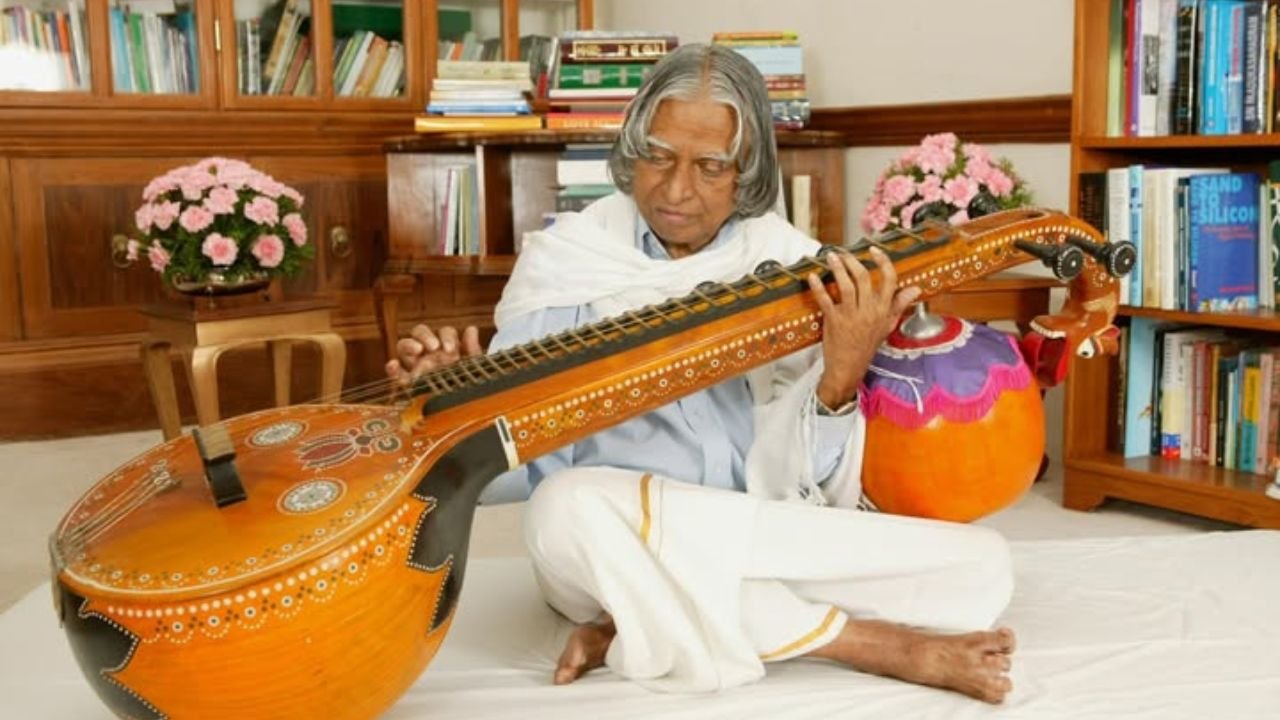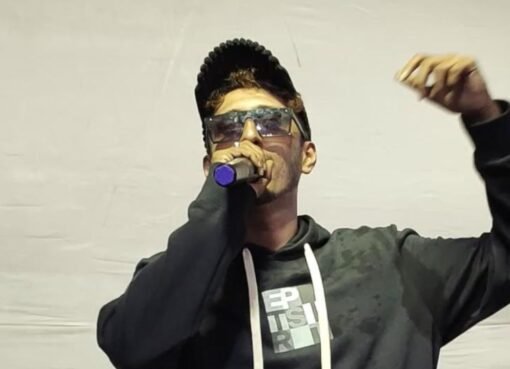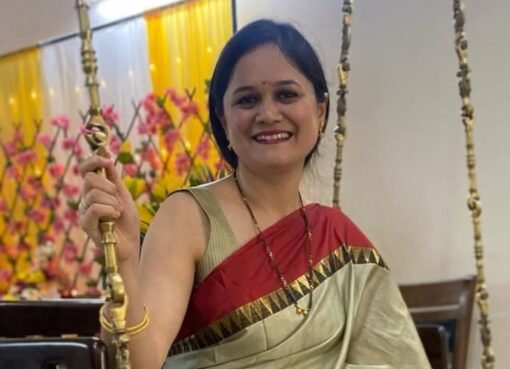APJ Abdul Kalam’s Love for the Veena: How Music Shaped India’s Missile Man

When people think of Dr. APJ Abdul Kalam, they picture a scientist, a teacher, and the “People’s President.” But there was another side to him, deeply personal, quiet, and spiritual. Kalam was a devoted lover of music, and his connection with the veena was as meaningful to him as his work in science and education.
Dr. Kalam played the Rudra Veena, a traditional Indian string instrument with ancient roots in classical music. He learned it as a young man and continued to play throughout his life, from his days at ISRO and DRDO to his tenure as President. For him, the veena wasn’t just a hobby, it was a refuge. Whenever the pressures of leadership weighed heavy, music was his space for peace and reflection.

Those close to him often recalled how he would sit with his veena late at night, playing gentle ragas that brought calm after long hours of work. It was his way of staying balanced, a daily reminder that creativity and science can coexist. In Kalam’s view, music was more than entertainment. It was energy, a force that connected thought, spirit, and purpose.
Kalam believed deeply in the healing power of music. He often spoke about how melodies could lift unhappy minds, nurture positive thinking, and bring people together. In an address at the Indian Music Academy, he said, “Music can become a medium of national development, for great music not only acts as a pain-remover but also has a social responsibility.” For him, art was not separate from science or progress, it was part of it. He saw music and dance as universal languages that connected people beyond religion, region, and class.

He was also a lifelong admirer of the legendary Carnatic vocalist M.S. Subbulakshmi. He admired her discipline and devotion to her art, believing that her approach to music held lessons for every profession, dedication, sincerity, and service to others. For Kalam, true excellence in any field came from that same sense of devotion.
After his passing in 2015, a sculpture of Dr. Kalam playing the veena was installed in a museum dedicated to his memory. It stands as a reminder that India’s “Missile Man” wasn’t just a man of technology, he was a man of soul. His life showed that science and music aren’t opposites. Both require imagination, discipline, and a sense of wonder.
Dr. Kalam’s story reminds us that even in a world driven by speed and success, it’s the quieter notes of art and reflection that keep us truly human. His veena was not just an instrument, it was a bridge between intellect and emotion, reason and beauty. In his life’s melody, every note had meaning.
Read more About – Kabir Cafe: When 600-Year-Old Words Feel Like Today’s Truth



Leave a Comment